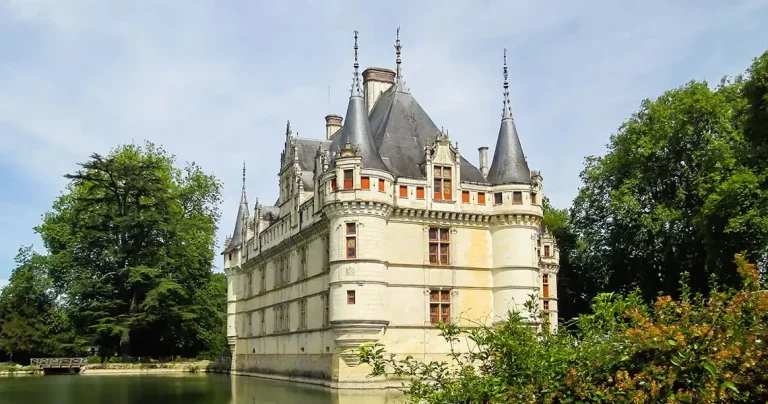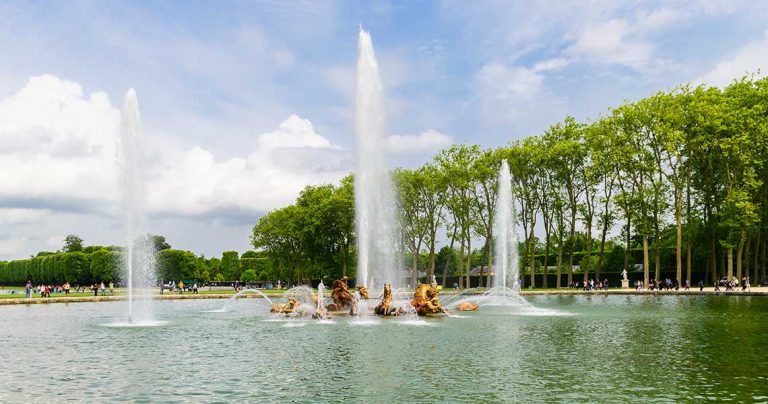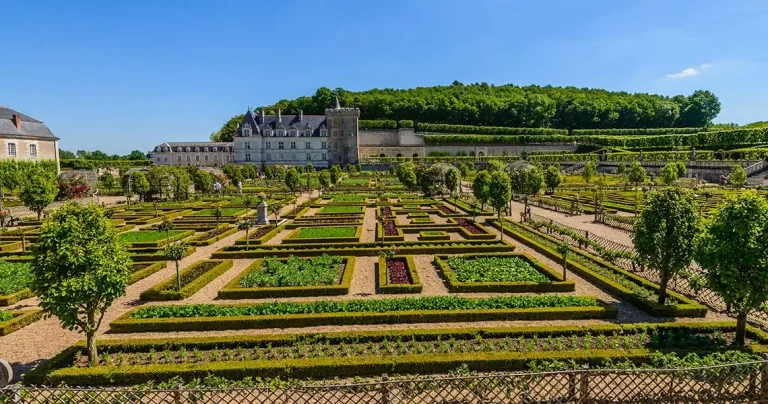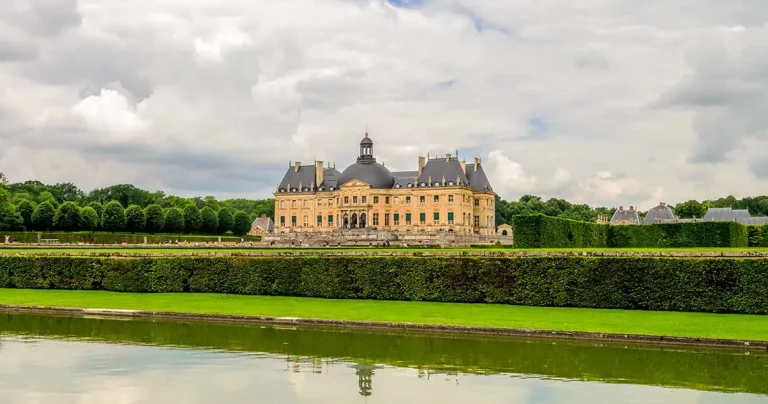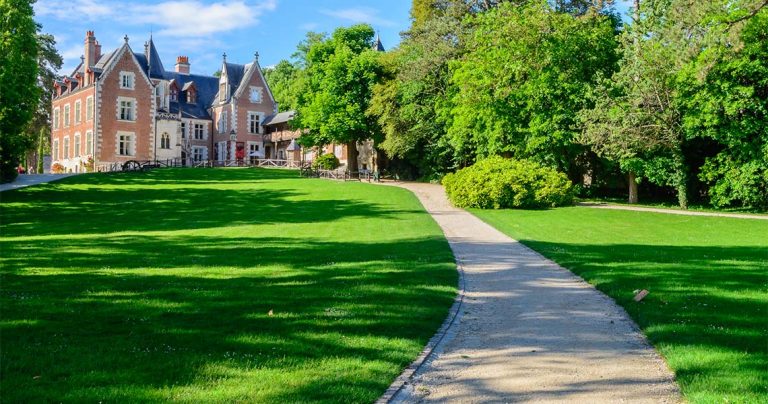Plateau des Glières
Anyone who visits the Haute-Savoie area around Lake Annecy will soon hear about the Plateau des Glières. If you are a walker, cyclist or photographer, this picturesque Plateau surrounded by snow-capped mountains is hard to go past. The scene of lush green pastures, fresh alpine air, melodic cow-bells, old farms and scattered chalets is like a set from Sound of Music.
However, if you are a couple of seventy-year-olds whose hearts are challenged by altitudes of 1400 metres, you might think twice about walking or cycling around Glières.
So why did two almost-geriatrics dare to venture into this pristine wonderland? Well, we are photographers, but that was not our motivation. It was the history that took us there.
Thônes
Our trip this year took us to Thônes, a jumping-off point to explore the regions around Lake Annecy. While staying at Le Clos Zénon (now closed), an engaging portrait of an elderly gentleman captured my attention. The name under the painting read Zénon Gay-Perret 1894-1982. On the opposite wall was a framed certificate from the Association des Rescapes (survivors) du Plateau des Glières acknowledging Zénon and his family supporting the French Resistance in the Haute-Savoie while under German occupation during World War Two.
Our hostess, Joëlle, soon explained that Zénon was her grandfather and that he was a survivor of the events that made the Plateau des Glières a household name in France for the part it played in the fight against the Nazis. If I wanted to know more about those events, I should go to the Plateau des Glières, the symbolic place where one can learn the meaning of Resistance.
Mémoire du Maquis
This road is not for the faint-hearted. It is a narrow, steep and tortuous road that eventually turns into a dirt track. After about 7.5 km, the Plateau unfolds, giving a glimpse in the distance of a massive white structure, the Monument National à la Résistance du Plateau des Glières.
The road eventually leads us to the Mémoire du Maquis, a reception centre to view the Monument and learn more about the Maquis and the Battle of Glières. The centre is open to the public from 9.30 am to 12.30 pm and 1.30 pm to 5 pm every day except Saturdays, about ten months of the year. If you are unlucky to get here during lunch hour, take a short walk down to the Monument, which is open all day.
In the reception centre, you will find a projection room where you can watch the documentary Live Free or Die (52 minutes), which explains the history of the Maquis and the Glières. The screening is in French but with English subtitles. A French-only DVD is also available at the shop.
Monument National à la Résistance des Glières
This modern work of art by Emile Gilioli symbolises Resistance and Hope. It was built in 1973 on the initiative of the Survivors of Glières. Its white industrial mass stands out on the grass of this vast mountain pasture in stark contrast to the surrounding environment.
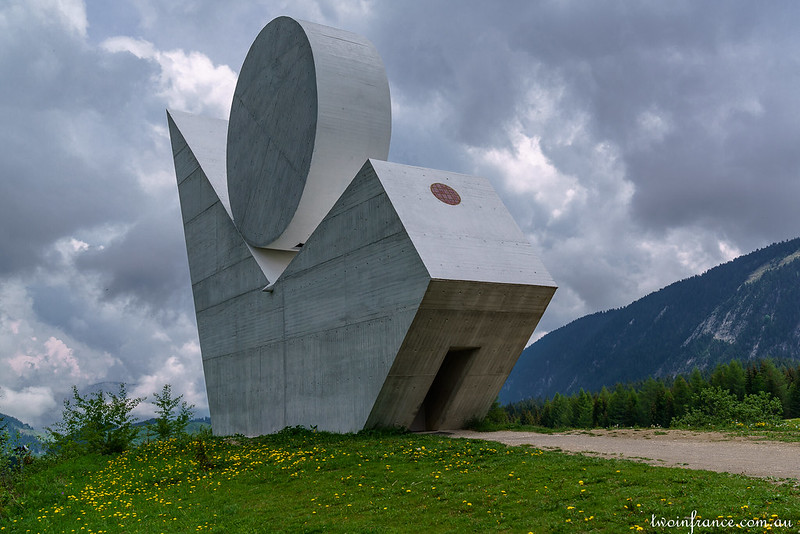
The Monument is not a memorial to the dead but a celebration of the values demonstrated by the members of the Resistance in their fight for freedom. The interior of the Monument contains other works of the artist, specifically the sculpture of Joan of Arc.
A historical discovery walk around the Plateau traces the organisation and the daily life of the Glières battalion during the winter of 1944. Guided tours are available upon reservation in the reception centre of the Mémoire du Maquis.
The Battle of Glières
After Germany invaded France in 1940, Haute-Savoire was declared part of the free zone. However, the Allied landings in Morocco and Algeria soon led to the Germans re-occupying the free zone in 1942.
To avoid being forced into compulsory service, which usually meant Germany’s labour camps, many young men went into hiding and joined the Armée secrète (AS).
In January 1944, Churchill decided to provide support for the French Resistance in Haute-Savoie. Plateau des Glières was seen as an ideal site to drop supplies.
Given the rebellious situation in the Haute-Savoie region, the German occupying authorities demanded the government of Marshal Petain in Vichy to “clean up the nests of terrorists”.
On January 31, 1944, the militia (Milice) implemented a state of siege, threatening the Maquis and those that helped them with immediate arrest, trial without appeal and execution within 24 hours.
Lieutenant Tom Morel, who had just been appointed the chief of the Maquis of the Armée secrète in Haute-Savoie, ordered 120 guerrillas of the valleys of Thônes to climb to the Plateau of Glières chosen by London to receive a significant parachute drop intended to arm the whole region.
Taking advantage of the favourable weather, the Royal Air Force dropped 54 containers on February 13. This was a limited drop, and the men of the Plateau would have to wait until the next full moon (March 10) to receive sufficient supplies for all the Maquis of the region.
Everywhere the forces of the Vichy tightened their controls and multiplied their operations. Court martials in Annecy and Thônes were as frequent as executions.
On March 9, in the village of Entremont, Tom Morel was killed by a French officer of the Vichy. Captain Maurice Anjot then took command of the Glières.
During the two months when the maquisards were on the Plateau, their numbers grew to around 465 men.
On March 26, after several bombings of the Plateau that foreshadowed an attack by the Wehrmacht, the maquisards received orders to leave the Plateau and return to their original position. In other words, they had to disengage
The maquisards then started the arduous journey in the night down towards the valleys. With the Germans in pursuit and the many roadblocks established by the militia, they had to contend with the snow, cold weather, and the mountain streams’ icy water.
Throughout the spring of 1944, 129 maquisards lost their lives and another 20 members of the Resistance from the surrounding valleys. The Cimetière Militaire de Morette, located in Balme-de-Thuy, is where most of these maquisards are buried.
The Battle of Gliéres was magnified by propaganda because of the challenge of showing the Allies the ability of Free France to control the Resistance and carry out operations against the Germans. According to figures then proclaimed by Radio London, the Resistance killed 400 Germans and wounded 300 others in the confrontation, the Maquisards losing 100 dead and 150 wounded.
However, these figures have been challenged by Claude Barbier, first in his PhD thesis at Sorbonne University and then in his book The Maquis of Glières, Myth and Reality.
What is called the Battle of Glières on March 26, 1944, is two Maquisards killed and another wounded during an offensive reconnaissance of a German detachment of 30 to 50 men. The myth of the battle was born, on a background of psychological warfare between Vichy and Free France, of two telegrams sent by an agent of the French secret services the content of which was entirely imaginary. Radio London described the confrontation as a battle of fourteen days, during which 500 French resisted 12,000 Germans.
Claude Barbier
In the days following the exit from the Plateau, 115 to 120 Maquisards lost their lives. They were either captured and executed or died under torture or deportation. Barbier claims that Glières was more a war crime than a battle. As for the German losses, the result was three deaths and seven wounded (five of them accidentally), far from the numbers announced by Radio London. Barbier does not set out to discredit the efforts of the Maquisards but writes:
They have gone to the very end of what Live Free or Die could mean. By their sacrifice, these fighters and their supporters offered France a magnificent symbol.
Claude Barbier
Despite the difficult months that the Resistance movement in Haute-Savoie experienced during the spring of 1944, the Maquisards gradually began to regroup. Following the Normandy landing on June 6, 1944, the Allied forces renewed contact with the FFI (French interior Forces) in Haute-Savoie. This action resulted in a massive operation to parachute weapons to the Glières plateau on August 15.
Around 3,000 Resistance members recovered over 150 tons of munitions and equipment sent by the Allied forces. Thanks to these weapons and following the landing of the Free French in Provence on August 15, 1944, the Resistance fighters in Haute-Savoie liberated their major cities, one by one.
Operations began on August 16, 1944. Departing from the Chablais area and the Upper Arve Valley, the Maquisards liberated Evian, Thonon, Cluses, and Annemasse. They advanced towards Annecy and surrounded the city, finally obtaining the unconditional surrender of the German garrison on August 19, 1944, while the troops coming from Provence had not yet reached Grenoble.
Haute-Savoie was the first department to be liberated by its own FFI. On the subject of the Maquis des Glières, General De Gaulle declared the following when he visited Morette in November 1944:
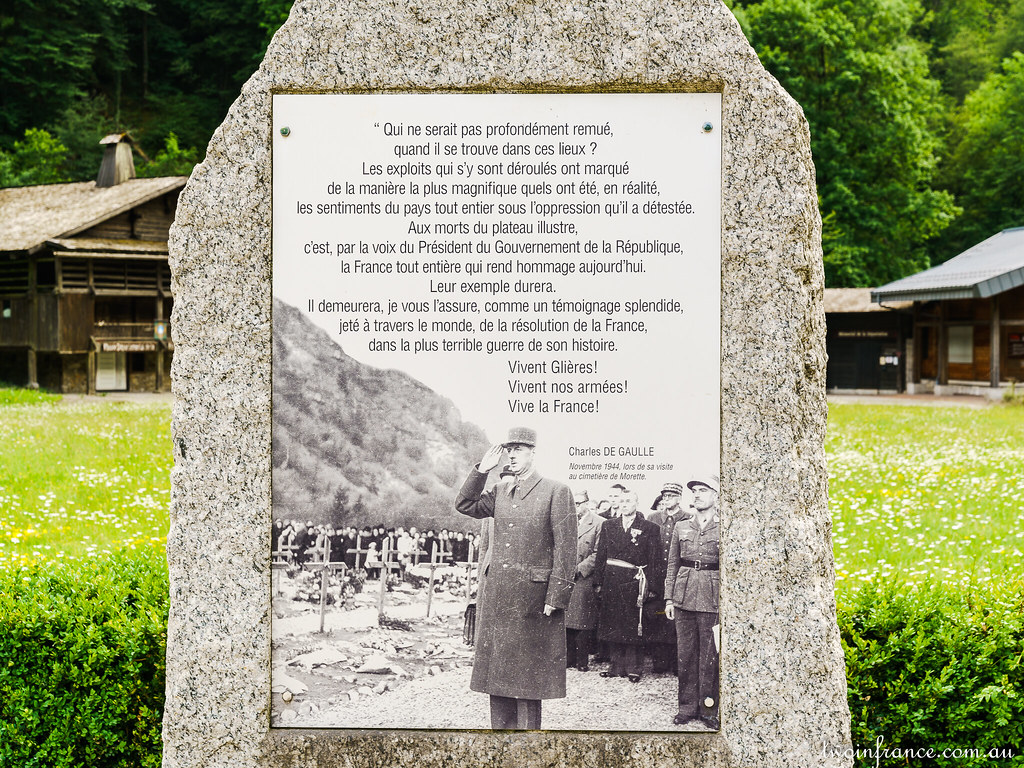
Who would not be deeply moved when he is in these places? The exploits that have taken place have marked in the most magnificent manner the feelings of the whole country under the oppression which it has hated. To the dead of the Plateau, it is, through the voice of the President of the Government of the Republic, the whole of France that pays tribute today. Their example will last. It will remain, I assure you, as a splendid testimony, thrown across the world, of the revolution of France, in the most terrible war of its history. Live Glières! Live our armies! Long live France!
Charles de Gaulle
The truth about what happened to the Maquis on the Plateau des Glières continues to create a passionate argument. I am no historian and pretend not to understand what happened on Glières in March 1944. But I believe that bravery is not determined by the size of the battle or the number of deaths but by the risk and selflessness involved in helping others.
The Glières-Morette Necropolis
Morette is the site of a military cemetery containing 105 graves, including 88 Maquisards from the Glières plateau. The stories of most of these men are recorded in the museum nearby that the Glières survivors association began erecting in 1962. A memorial service is held here annually on March 26, the day in 1944 that the German Army launched an offensive against the Marquis on the Plateau de Glières.
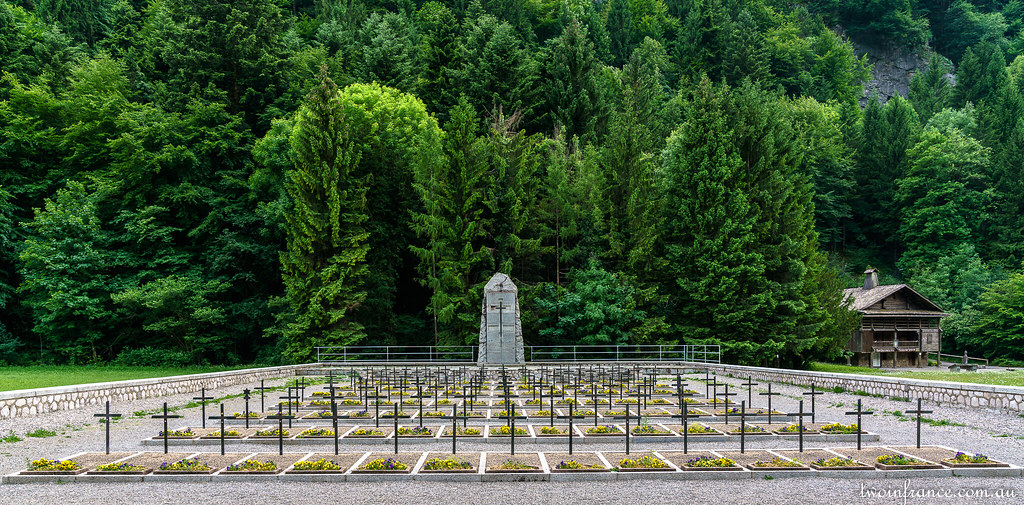
Information
Plateau des Glières 74139 Le Petit-Bonnard-les-Glières
04 50 33 21 31
very day except Saturday between 9.30 am to 12.30 pm and 1.30 pm to 5.00 pm.
From Thônes: D909 to Saint-Jean-de-Sixt, D12 to turn-off near l’Essert, then Route des Glières. Alternate entry points via Thorens-Glières and D55
Association des Glières.


